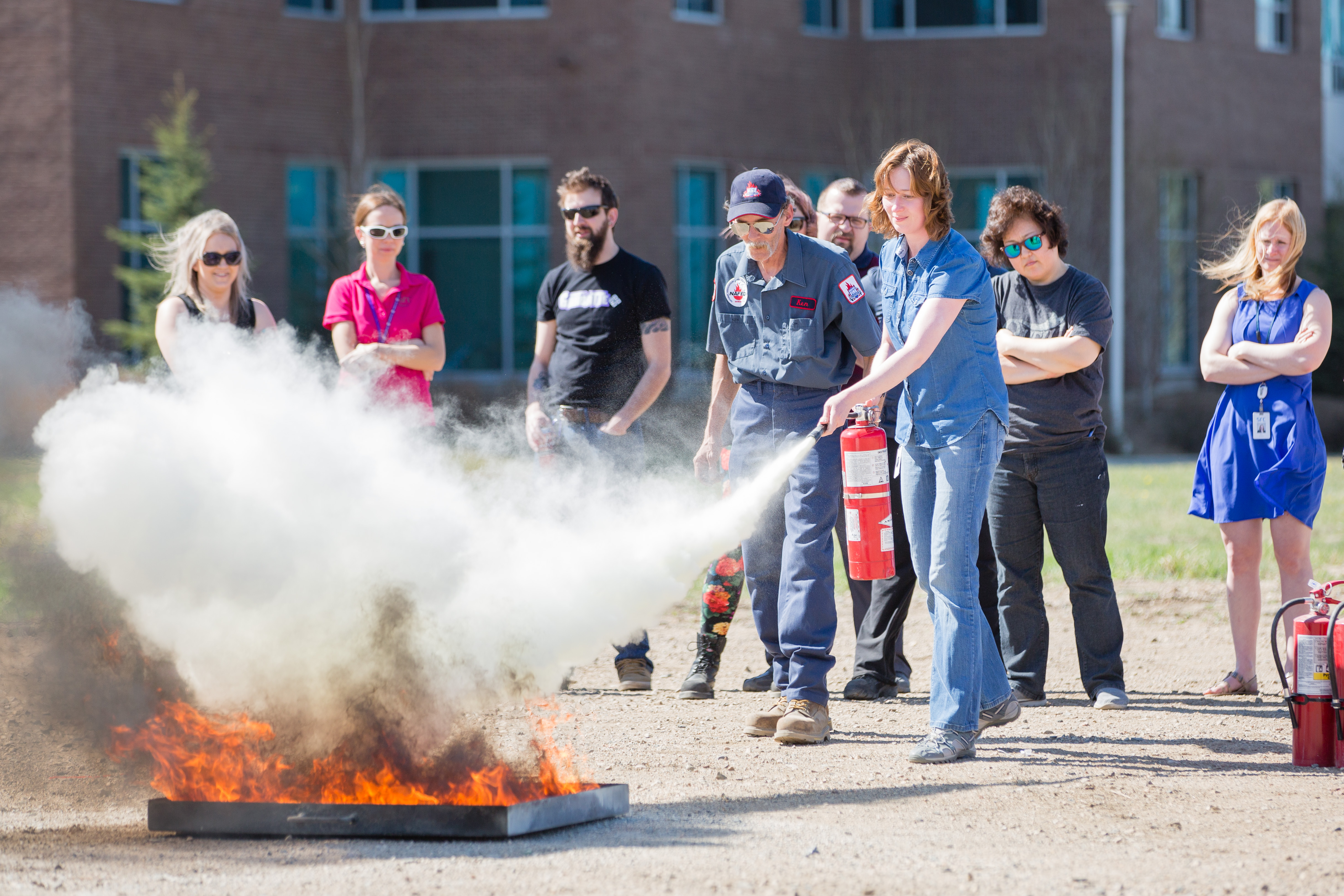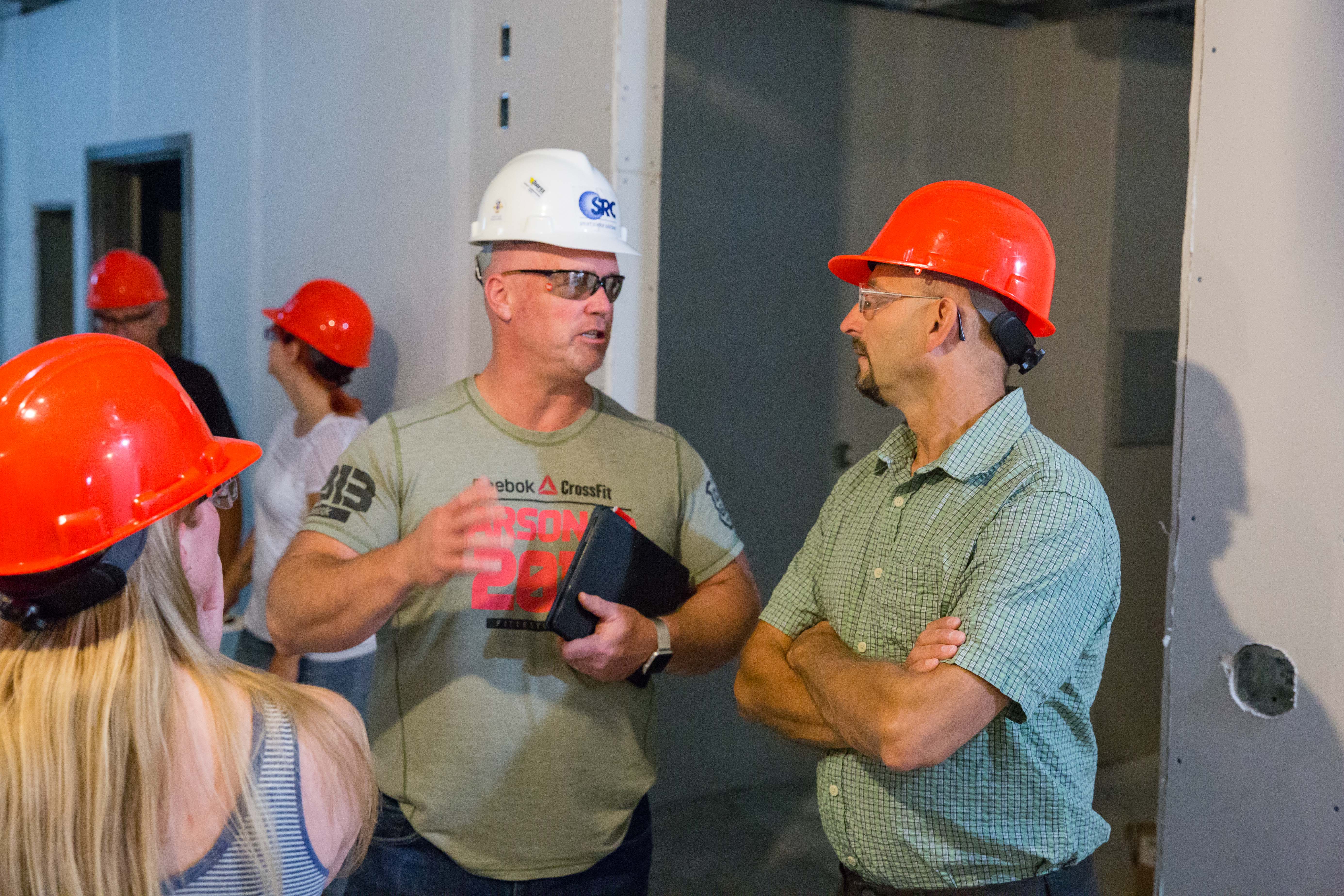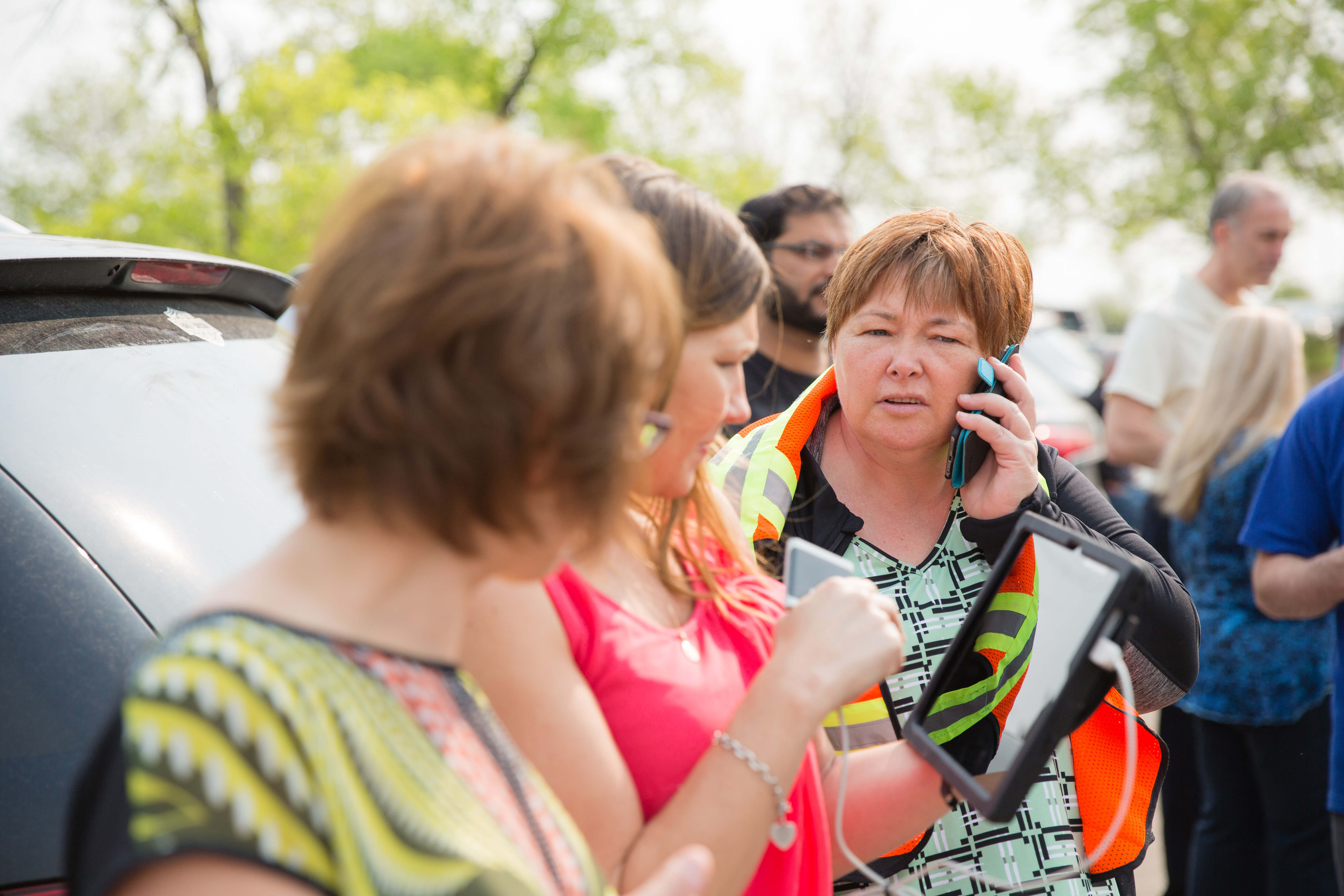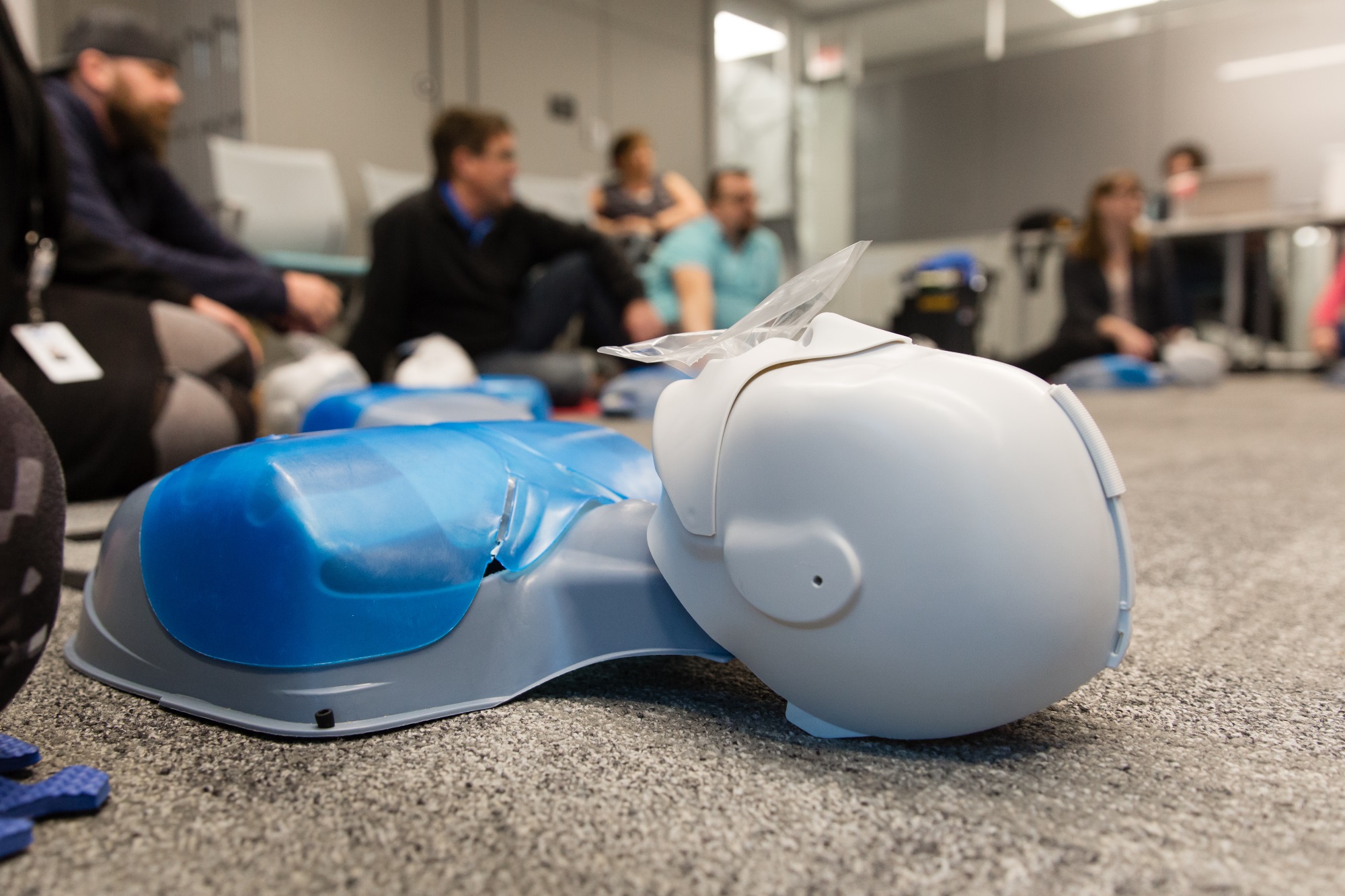
This blog post was written by Andrew Downing, a former SRC employee.
Unforeseeable events, activities and disasters can be challenging for even the most prepared companies, communities and individuals. A seemingly normal day can rapidly escalate into an emergency that needs to be managed appropriately.
Organizations, large and small, must ensure that emergency plans, procedures and notifications are communicated effectively and are well known to everyone. Unfortunately, there will always be emergency events to prepare for - the difficulty is not knowing exactly what situation may occur and its scale.
I spoke with Phil Rees, SRC’s Chief Security Officer and Facilities Manager to find out how SRC develops and runs its emergency management programs, as well as how it communicates with and what resources are provided to employees.

What is SRC’s Emergency Management Program?
Phil: Our emergency management program involves the ongoing review of potential hazards, actions and planning to reduce or mitigate the impact of both predictable and unforeseen actions and activities. Our Safety Services team proactively helps employees identify job hazards, best practices and risk mitigation in their daily work routines. We continuously review current best practices within the emergency management industry and incorporate those with the specific needs of SRC.
We have an Emergency Management Team, which is a group of SRC employees who respond to potentially threatening incidents and assist with medical emergencies. We’ve trained employees to gather at muster points when evacuating a building, or to use shelter-in-place locations when seeking safety within a building.
Since emergencies aren’t planned, sometimes it isn’t obvious how an employee should respond to an incident. This may be in the event an employee sees a suspicious package, or if there’s an active threat in the area. In these situations, the Emergency Management Team is the first point of contact for any employee who feels unsafe and can alert the team by calling an internal emergency phone number.
How was the Program Developed?
Phil: This plan was developed using the Incident Command System (ICS), which is the industry standard for managing emergency response mechanisms. The ICS system enables easy interaction with external service providers, including the fire department, police and emergency medical services. Using the ICS system, SRC offers a structured approach to any emergency that may occur, regardless of its nature.
To educate employees and make emergency responses easier to remember, we provided everyone with wallet cards containing instructions of what they should do, a list of potential scenarios and appropriate emergency contact numbers.

What Are the Challenges Involved with Implementation?
Phil: The biggest challenge is making employees aware of the program, since we have many different work environments, including multiple laboratories and offices in various locations. When we revamped our program, older emergency management practices needed to be updated to reflect the new changes.
For example, we previously had implemented group-specific emergency notifications to inform employees of any incidents that may affect them in their work area and we used specific documentation to report and follow-up on any emergencies. These items are no longer needed with the internal emergency phone program – one call handles it all.
We communicate to employees that SRC’s Emergency Management Team exists to respond to any event that is beyond the capability, training and/or comfort of employees. To increase awareness of our program, we created an animated video with simple instructions about when employees should call our internal emergency phone line, put up posters around SRC and presented the program’s details to our employees.
Are there Future Plans for SRC’s Program?
Phil: The most critical thing we need to do is continue raising awareness of the program to our employees. We are adding more digital signage and different mediums to reach employees more effectively. We’ll also conduct training exercises to reinforce employees’ response skills and help reveal any areas where additional planning and work are needed.

What About Safety at Home?
Phil: While our emergency management program was developed for work situations, we also strongly encourage our employees to be safe at home. The philosophy of our emergency management program is knowing when it’s necessary to involve others if an emergency is beyond your training and control. This resonates with employees in their personal lives.
In addition, we provide a variety of safety-related courses and items for our employees:
- Fire extinguisher training, annual check-ups and recharges for at-home extinguishers
- First-Aid and CPR training
- Personal protective equipment, such as safety glasses (handy for summer projects!)
- Safe barbecue grill cleaners (as opposed to conventional brushes where the metal wires can become dislodged into your food)
- Automotive emergency multi-tool (includes a flashlight, window breaker, seatbelt cutter and cellphone charger)
- 72-hour emergency kit for the home and car
Emergency management programs enable organizations and their employees to learn the appropriate skills for responding to unsafe situations. This is especially important since emergencies are unexpected and can cause panic or confusion.
In our experience, these programs are valuable because they can be applied to different emergencies and provide a simple and consistent mechanism for reporting. At the end of the day, we want all our employees to be safe, whether at work or at home.
